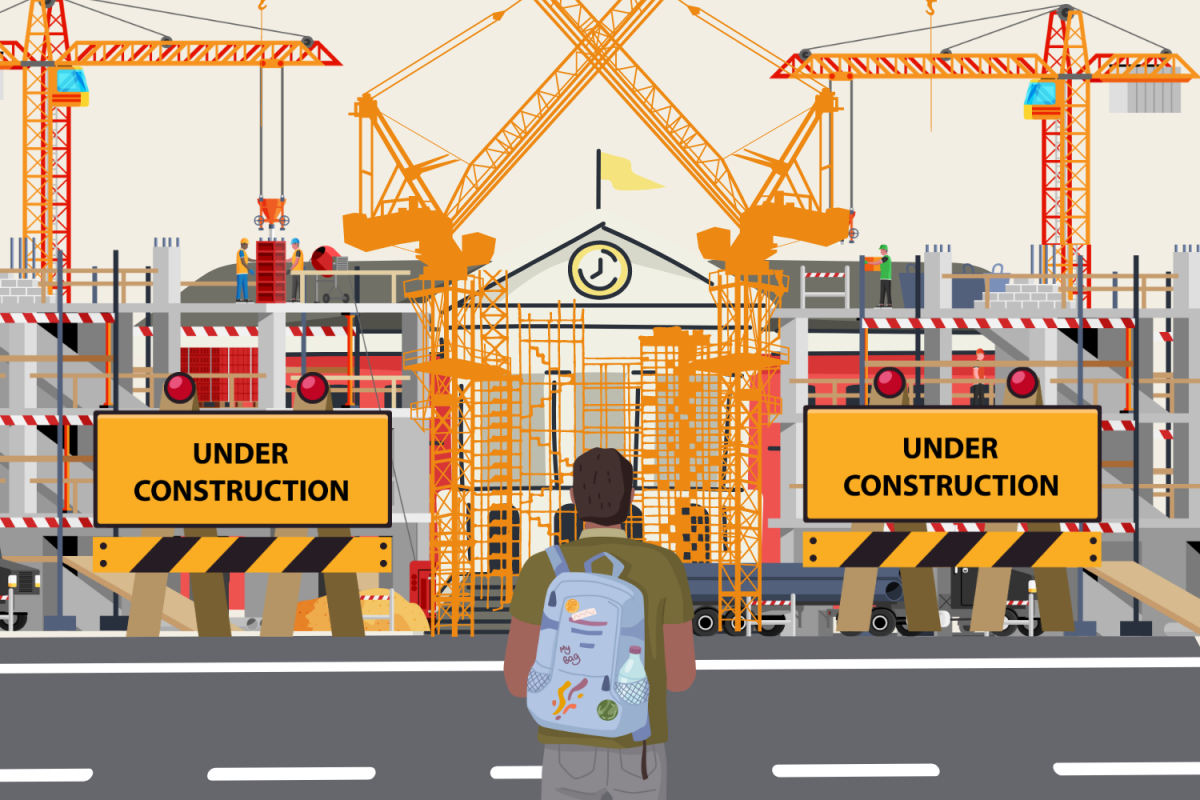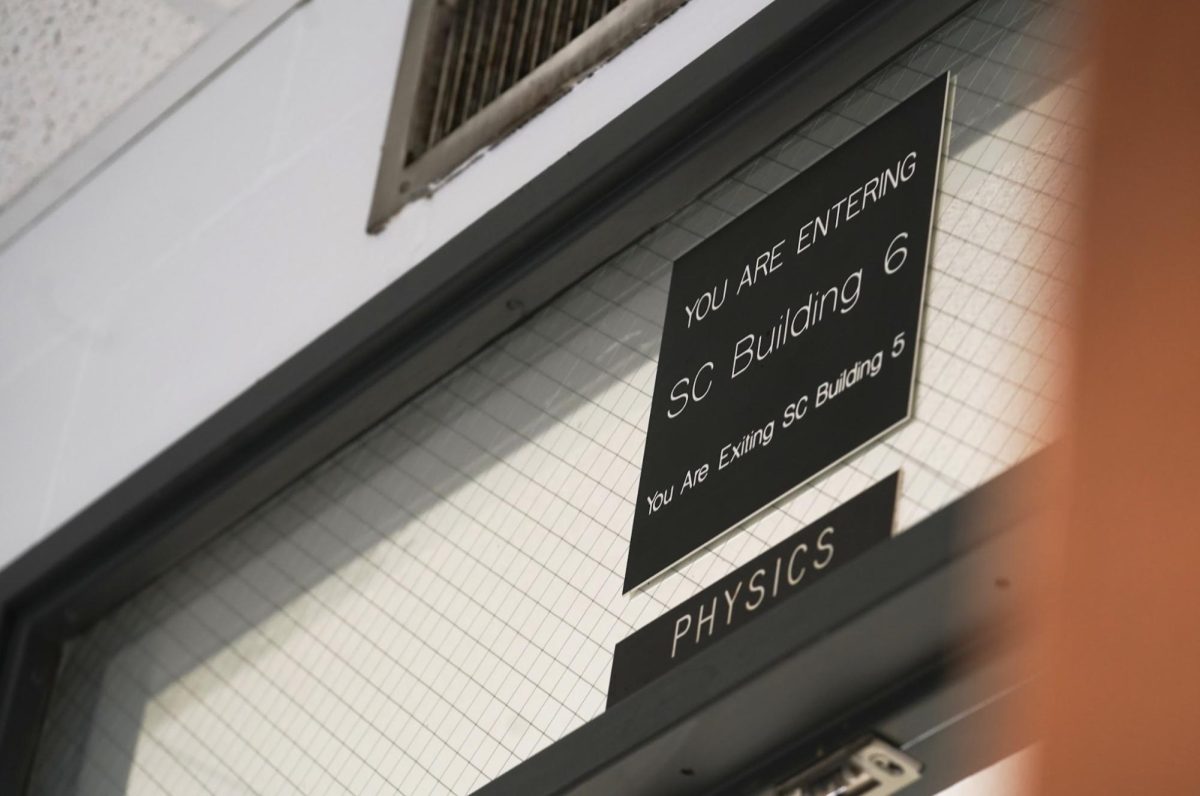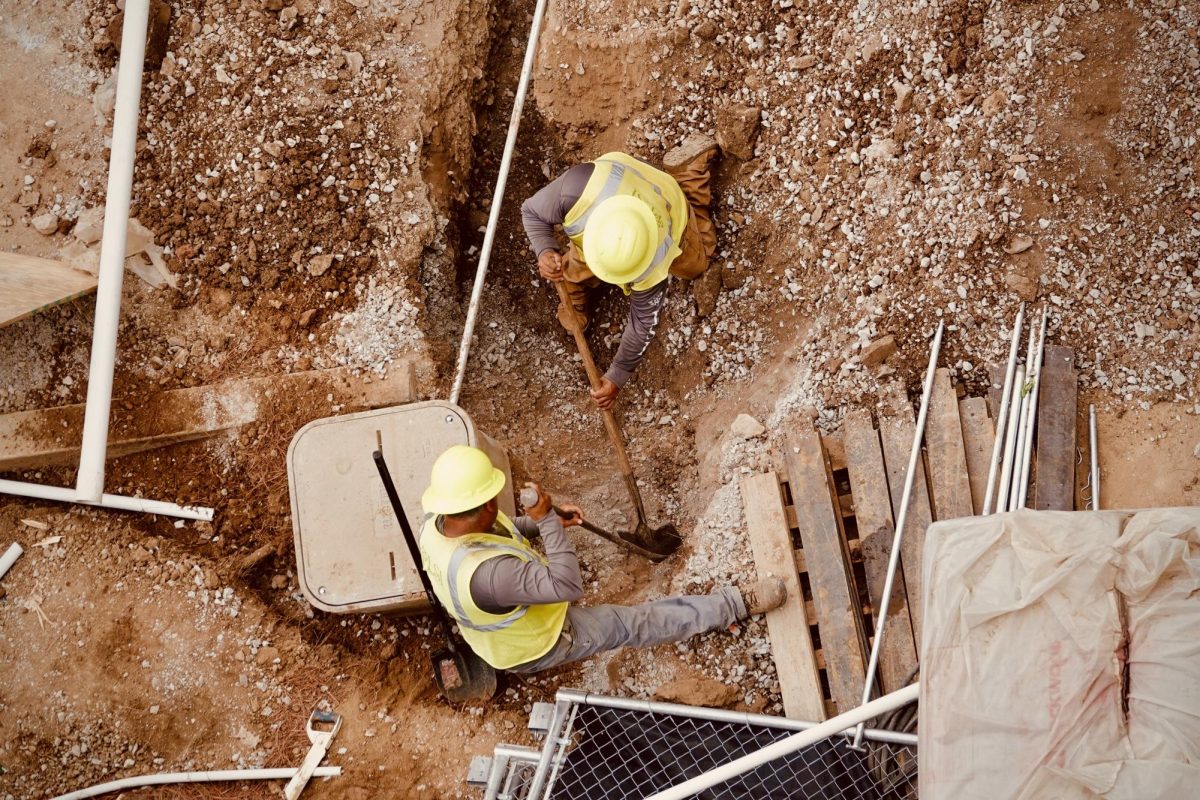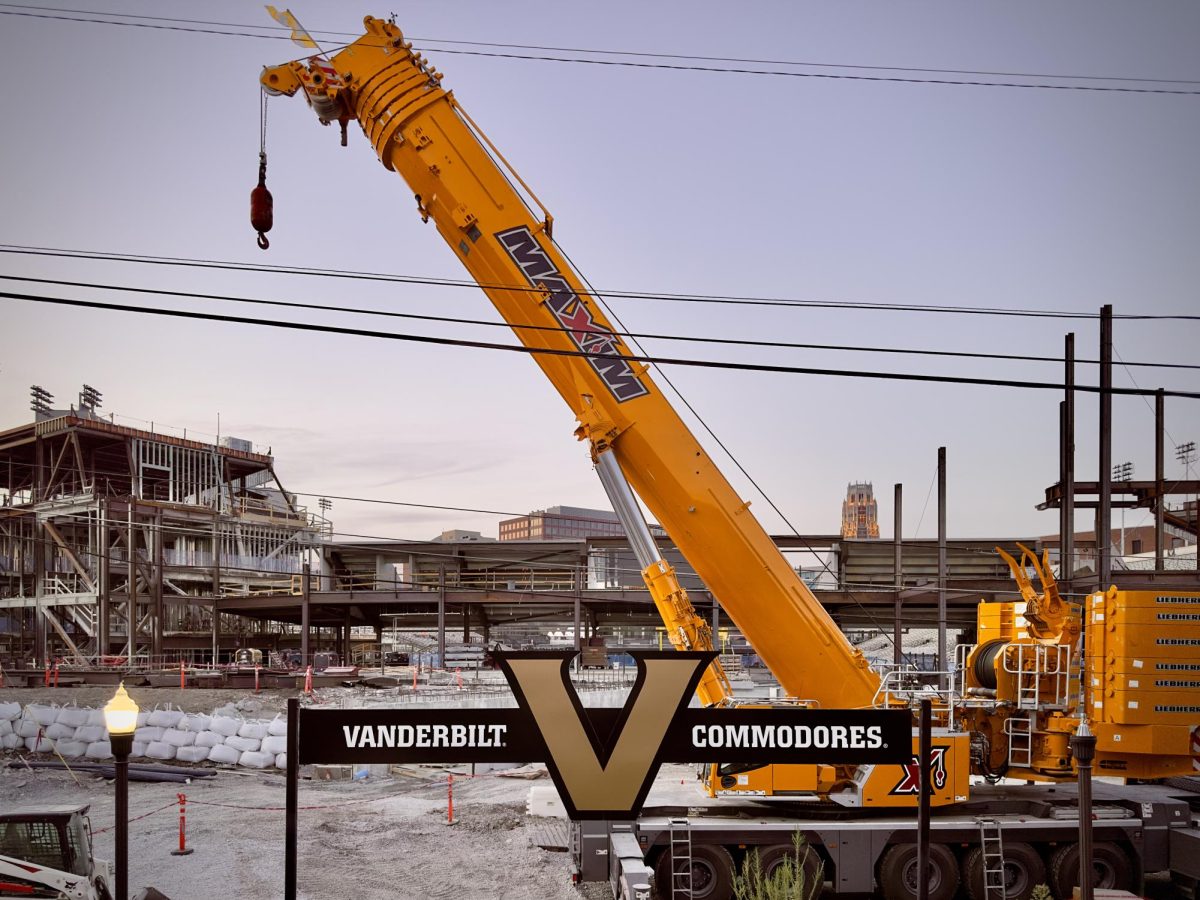Vanderbilt’s campus has been littered with construction for years, with new projects beginning almost immediately after others are completed. While students recognize the value of these improvements to modernize the school’s infrastructure and benefit future students, the never-ending supply of fences blocking off paths can disrupt a tightly scheduled routine and create an eyesore.
“I love all of the new parts of campus, and I literally get breakfast at Carmichael every day,” sophomore Isabella Yalif said. “I do get sad not being able to see the whole campus with so much under construction, and it discourages me from using facilities like the Rec.”
With some sites progressing quickly, and others seemingly stagnant, the impact on daily routines — and the reasonable level of annoyance — can vary widely. To that end, I ranked the top five construction sites based on the extent of delays, the location and the construction speed itself.
Honorable Mention: Peabody Library stairs
The barricades around the stairs behind Peabody Library leading to 21st Avenue compose the smallest construction site on this list, located in what is normally a low-traffic area. However, those familiar with the area know that the alternative set of stairs is long and obnoxious, causing a similar level of irritation as larger sites. Additionally, with U.S. Elections, currently Vanderbilt’s largest class, the staircase sees more use than ever as it provides a direct route from the Peabody campus to Langford Auditorium. Navigating around the fence to reach the more distant staircase can sometimes be all it takes to ruin a day.
5) Central Utilities Initiative
The Central Utilities Initiative, located near Highland Quad, is an effort to modernize Vanderbilt’s utilities and power generation. Last year, the construction along the path to the Rec Center was a nuisance not only creating a detour but also generating excessive noise. While the noise is no longer an issue, the fences still slightly extend the walk to the Rec. However, this detour is less disruptive than most, and the project’s quick progress makes it hard to complain, as it’s easy to appreciate the hard work being done.
4) Payne Hall
Located on the Peabody Esplanade, Payne is one of the school’s more forgotten buildings. However, the attempt to revitalize Payne into relevance leaves pedestrians with a large fence right in the middle of the sidewalk. Walking on Magnolia Circle instead of the sidewalk is hardly much of a detour, but the trucks often parked on the circle can cause a buildup when other cars are using the road. Sometimes, the smallest inconveniences can be the most frustrating, and this one may be proof.
3) The Rec Interior
The construction in the Rec is one of the more puzzling sites on campus. The main gym remains boarded up, and the temporary walkway from the entrance to the back stairs serves as a reminder of the incomplete project. While the basketball court in the auxiliary gym is still open and the temporary walkway serves the same purpose as the old one, the upstairs gym and studios and the tables along the hallways are all lost. However, with no clear timeline for completion and no effort to begin construction over the summer as one might expect, this site simply lacks any redeeming qualities, making it a prime target for student frustration.
2) Frist Athletic Village
The Frist Athletic Village project, which includes the stadiums and their surrounding area, promises more walkable, green spaces and greatly modernized athletic facilities. While the stadium construction itself is more of an eyesore than an inconvenience, the work in the surrounding area is the main culprit. The walk to the Rec from both Branscomb and the West End Neighborhood, where many students live, becomes significantly longer due to the closed roads and sidewalks. For those driving on campus, the road closures pose even more of a hindrance.
Based purely on inconvenience, the Athletic Village should be ranked number one. However, the consistent progress and the need for an athletic upgrade make this project more tolerable, and even a source of optimism for the final result.
1) Garland Hall
Garland Hall, situated at the center of main campus, blocks off access from Library Lawn toward Furman and Wilson Halls. Surprisingly, the fenced-off building blends in so well with its surroundings that it is easy to forget that students should be able to walk through and experience one, continuous main campus.
Instead, it divides the area in half and blocks both visibility and the pathways to the other side (although walking through the Divinity School makes the detour shorter). As an added inconvenience, the construction makes access to The Kitchen at Kissam significantly more difficult for first-years walking from Commons, harming their Campus Dining experience as well. If the 2025 completion goal follows through, current first-years and sophomores will, for the first time, be able to see a cohesive main campus and may be shocked at the speed at which they can traverse the area.







